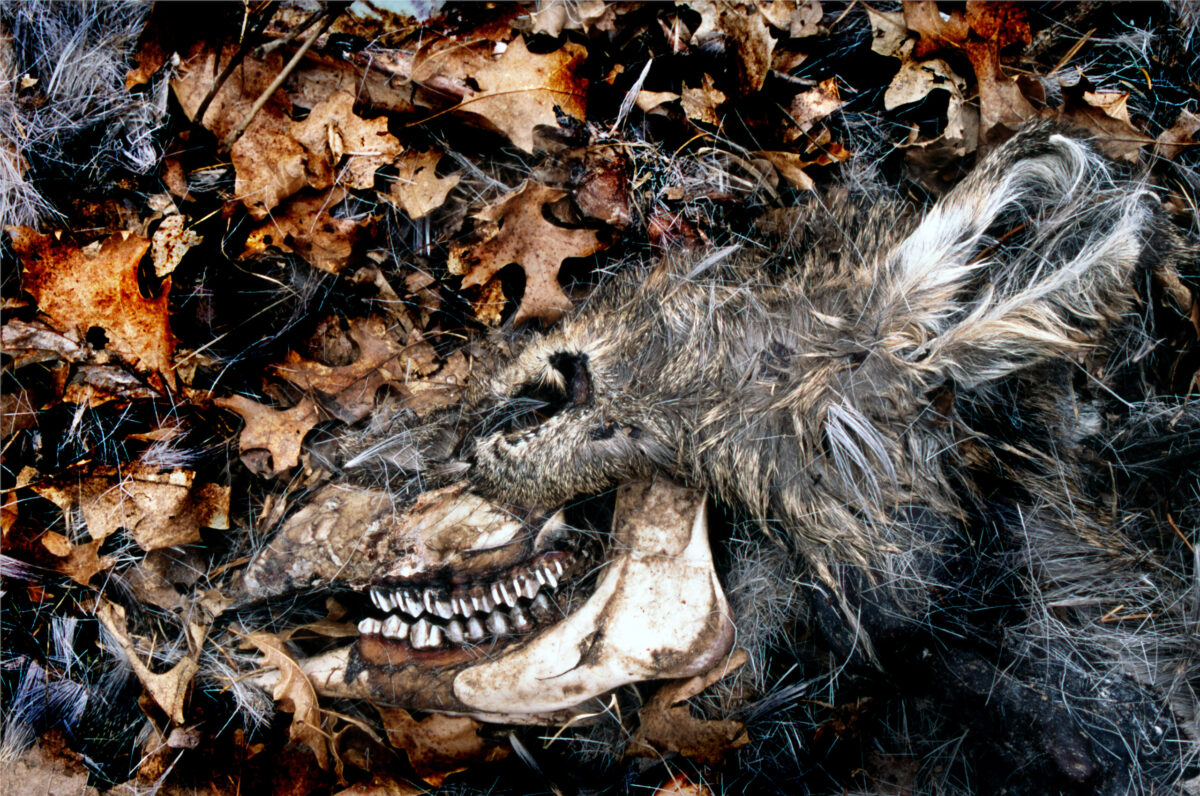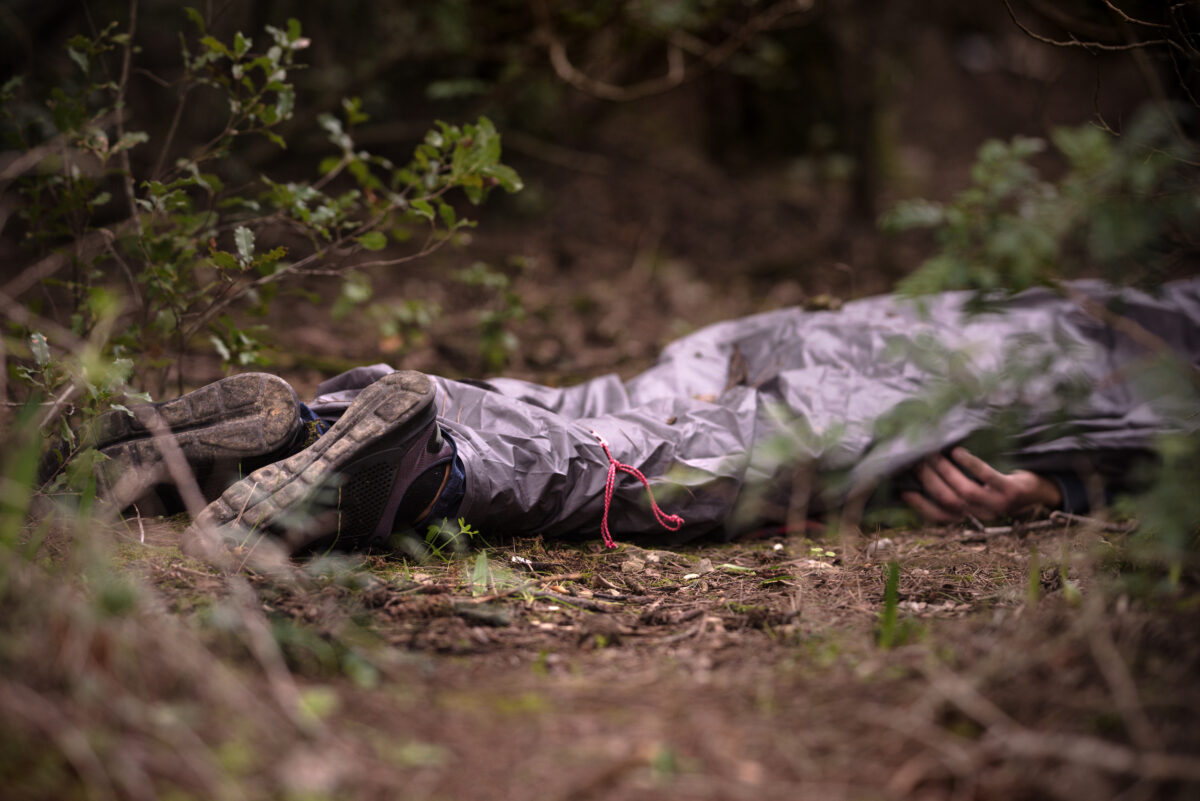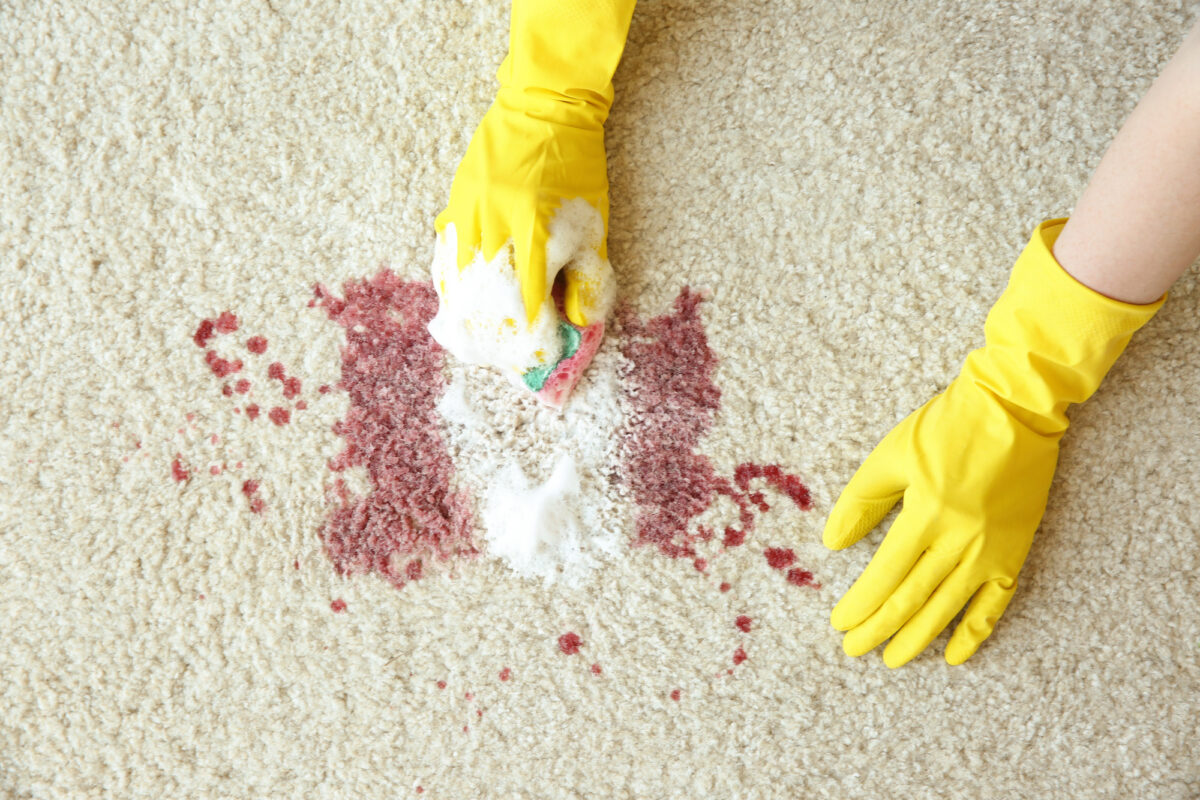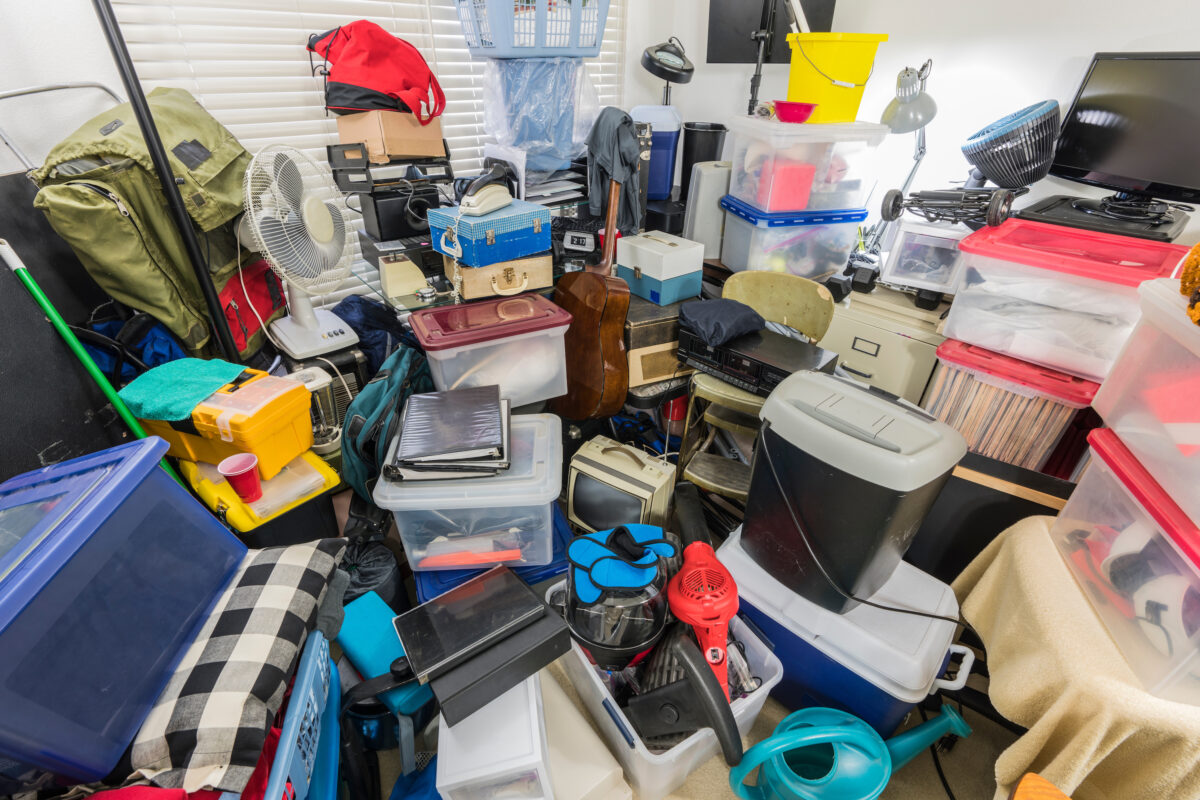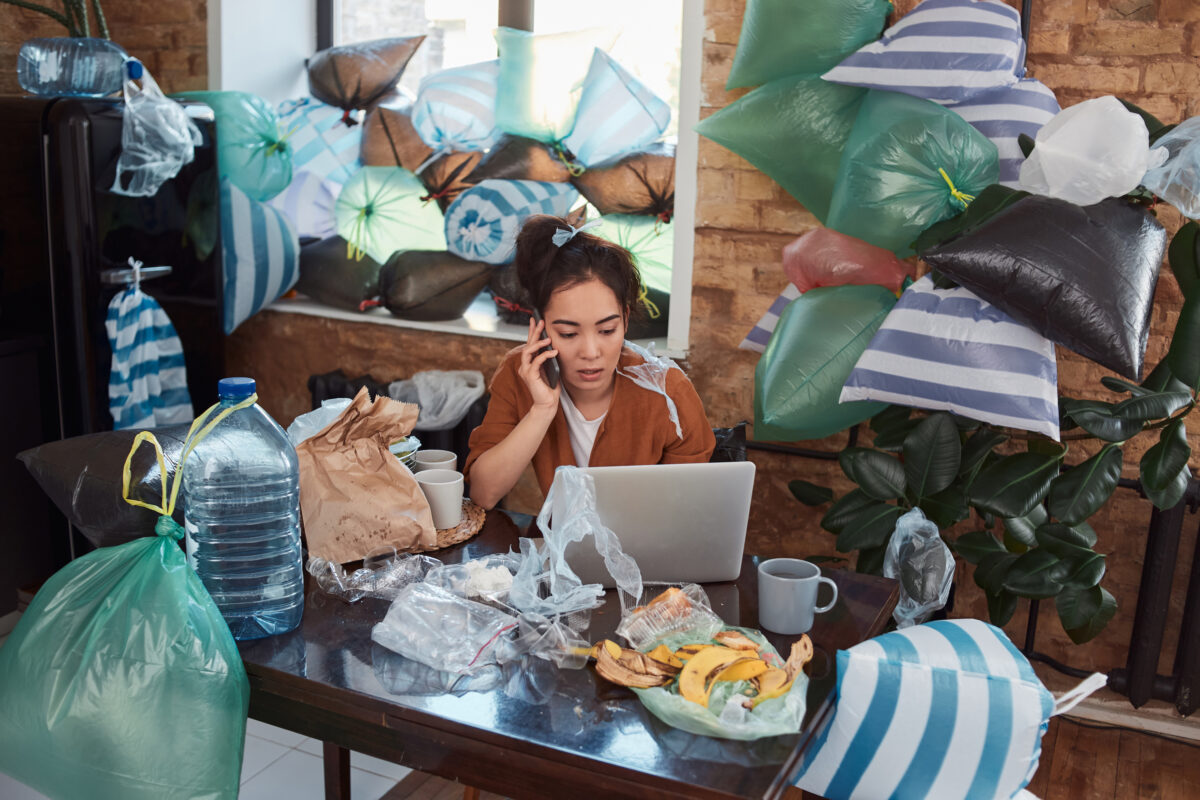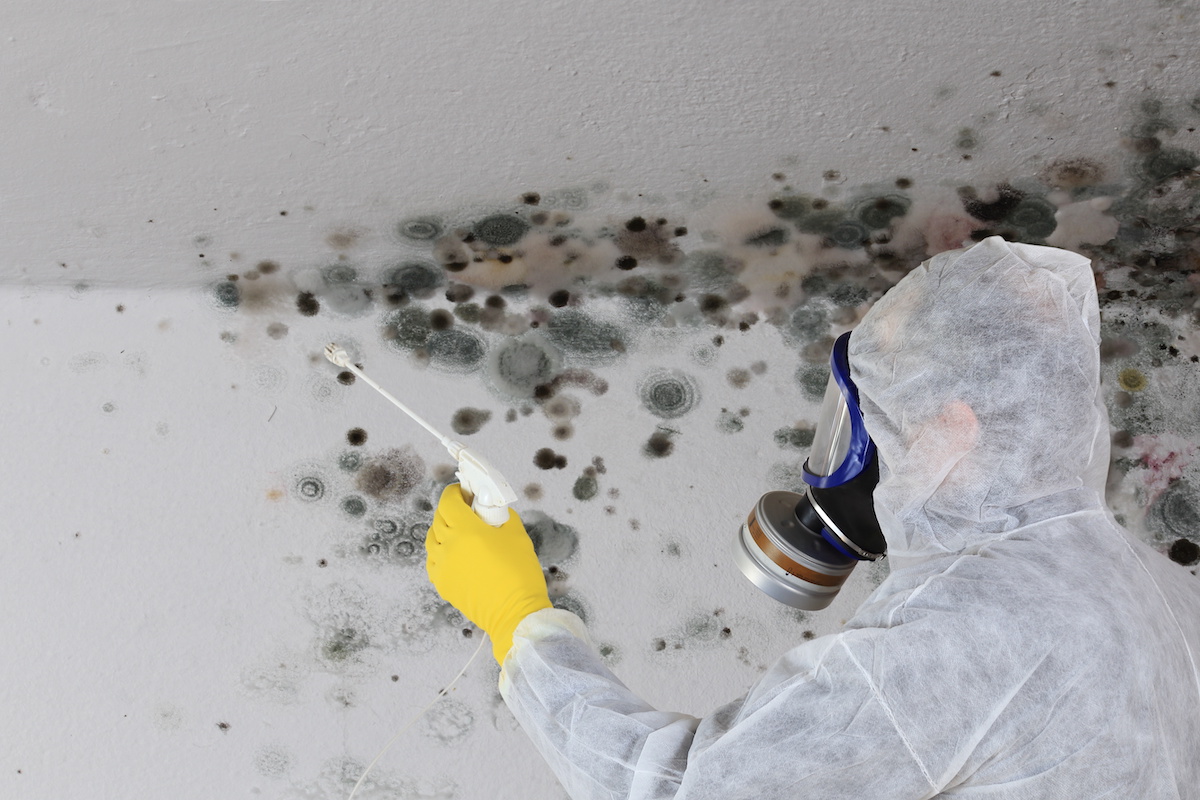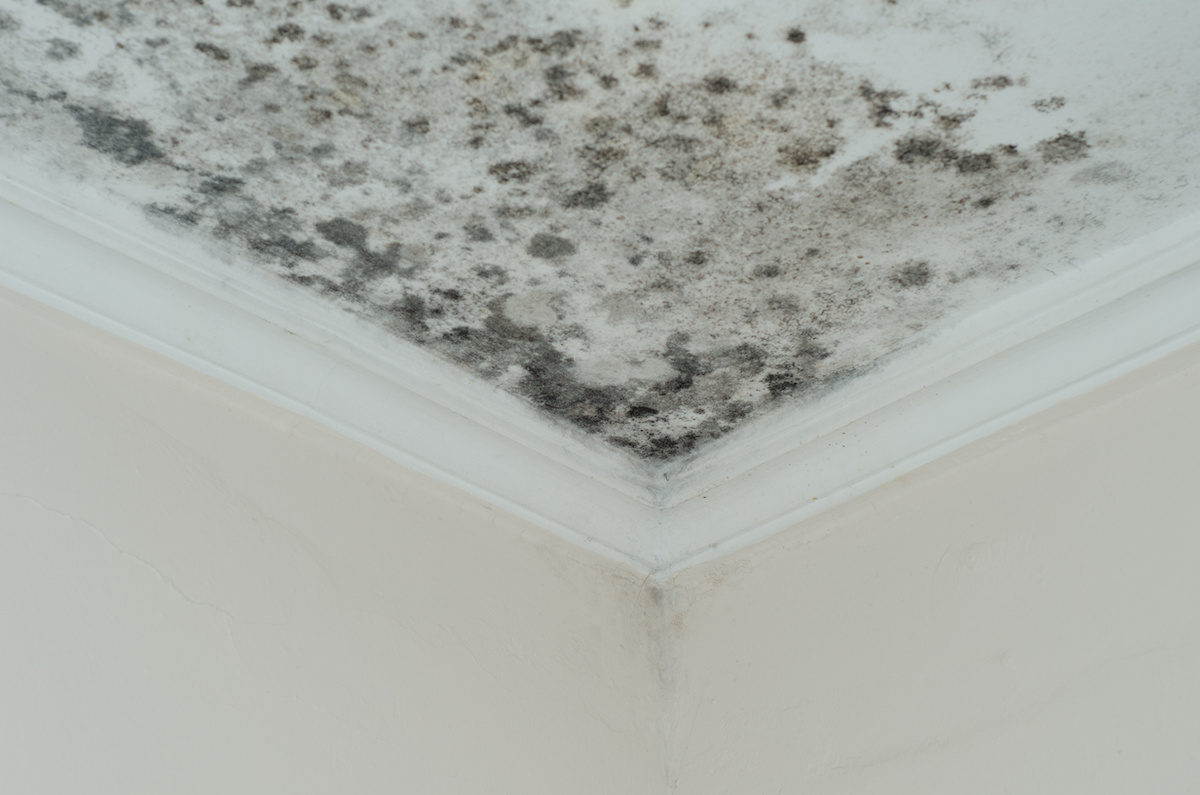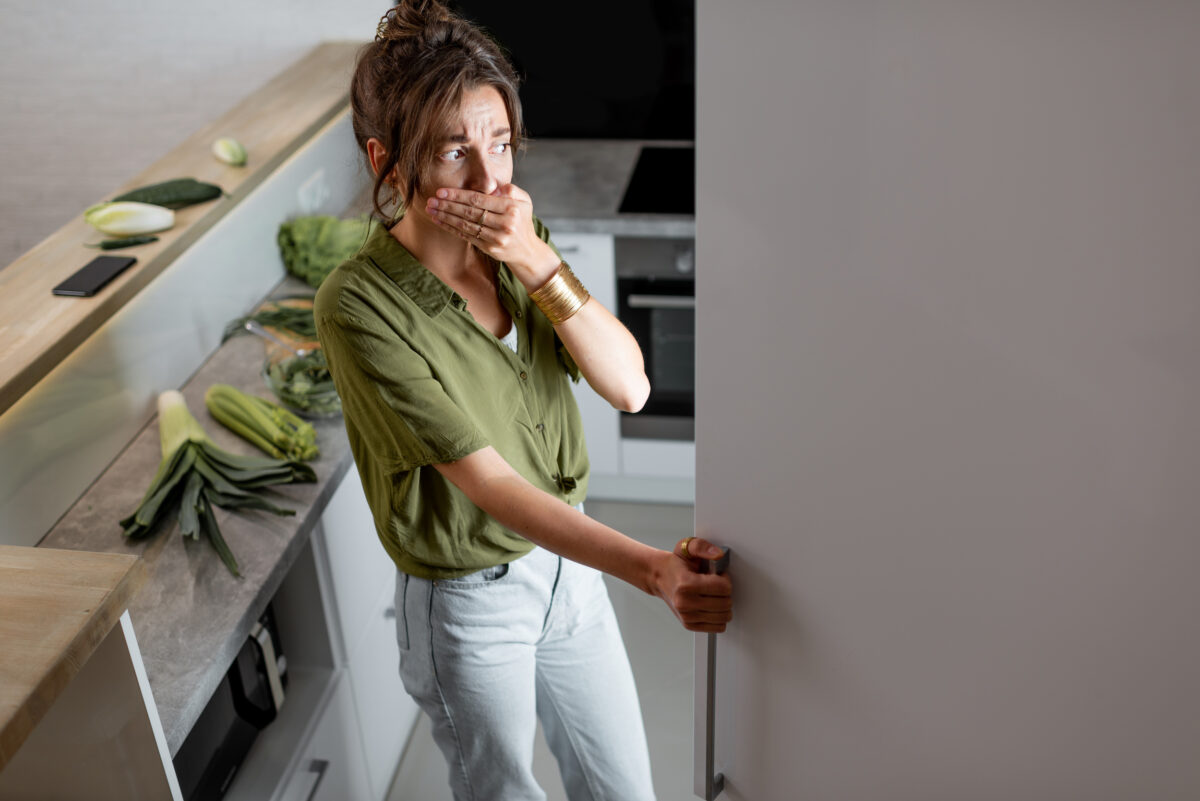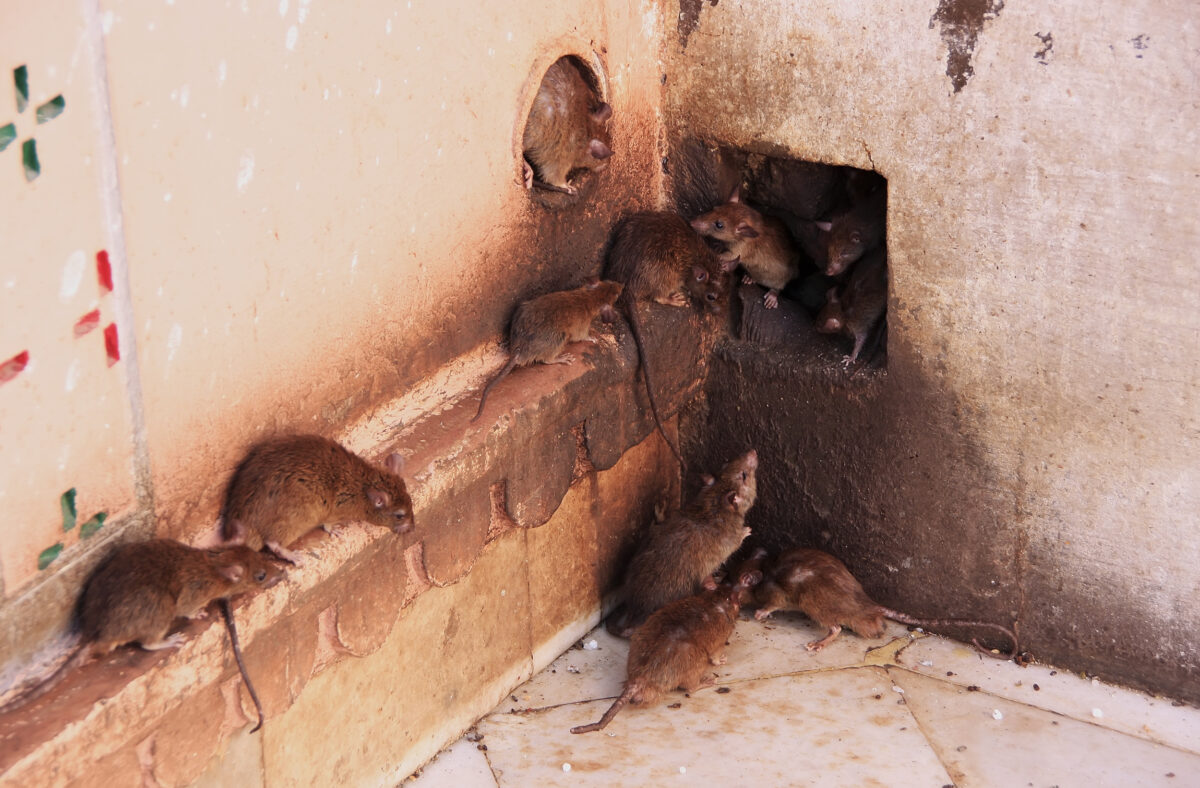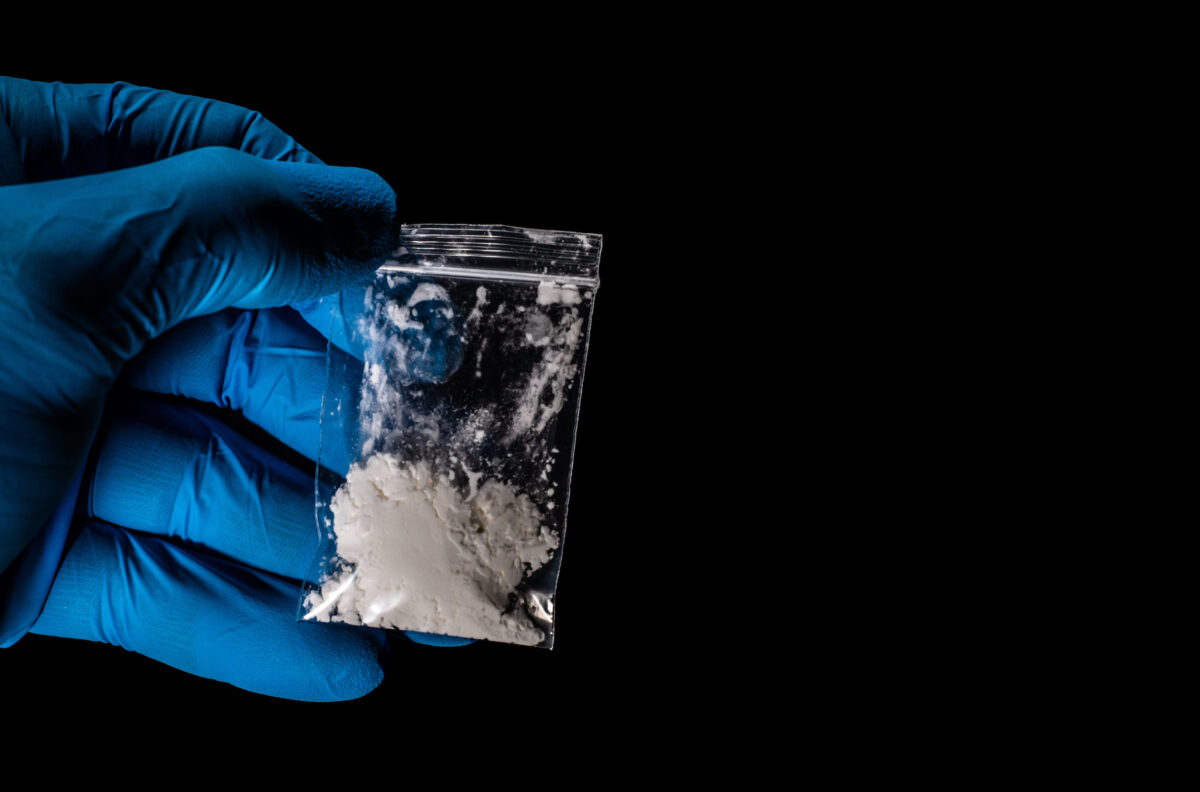We have witnessed the aftermath of death and the various stages of decomposition that occur in the human body. These stages can be both fascinating and horrifying, but understanding them is important for forensic investigations, public health, and funeral services. In this blog post, we will discuss the stages of decomposition and what happens during each of them.
Autolysis
The first stage of decomposition is called autolysis, which begins immediately after death. During this stage, the body’s cells begin to break down and release enzymes that cause the tissues to soften and liquefy. This process results in the release of gases, such as methane and hydrogen sulfide, which contribute to the foul odor associated with decomposition.
During autolysis, enzymes within the body begin to break down cells and tissues, resulting in the release of gases and the softening and liquefaction of the body’s organs. This stage typically lasts for several hours to a few days, depending on various factors such as the temperature of the environment and the individual’s overall health.
Bloat
The second stage of decomposition is known as bloat. As gases continue to accumulate in the body, it begins to swell and become discolored. This stage typically occurs within the first week after death and is characterized by the appearance of a bloated abdomen, discoloration of the skin, and the onset of rigor mortis.
During bloat, gases continue to accumulate within the body, causing it to swell and become discolored. The skin may take on a greenish hue, and the abdomen may become so bloated that it appears to be ready to burst. This stage usually lasts for around a week, but it can vary depending on environmental factors such as temperature and humidity.
Active Decay
The third stage of decomposition is known as active decay, which begins approximately one week after death. During this stage, the body’s tissues continue to break down and liquefy, resulting in a release of even more gases. The skin and hair will begin to slough off, and the body will become covered in a layer of maggots and other insects that feed on the decomposing flesh.
During active decay, the body’s tissues continue to break down, resulting in a release of even more gases and the formation of a layer of maggots and other insects. The skin and hair will begin to slough off, and the body will become increasingly unrecognizable. This stage can last for several weeks or even months, depending on environmental conditions.
Advanced Decay
The fourth stage of decomposition is called advanced decay, which occurs roughly three weeks after death. At this point, most of the body’s soft tissue has been consumed by insects and other scavengers, leaving only the bones and cartilage behind. The body will have a greasy appearance, and the odor will be significantly less intense than during previous stages.
During advanced decay, most of the body’s soft tissue has been consumed by scavengers, leaving only bones and cartilage behind. The body will have a greasy appearance and will no longer emit a strong odor. This stage can last for several months, depending on environmental conditions.
Skeletonization
The final stage of decomposition is known as dry or skeletonization. This occurs after several months or years, depending on environmental conditions. During this stage, the body’s bones will become dry and brittle, and any remaining tissue will be reduced to a black, leathery substance. Eventually, the bones themselves will begin to break down, leaving only small fragments behind.
Finally, during dry or skeletonization, the body’s bones will become dry and brittle, and any remaining tissue will be reduced to a black, leathery substance. The bones will eventually begin to break down, leaving only small fragments behind.
No matter which stage decomposition is in, it’s leaving a mess. If you’ve found a decomposing body in your home or property, you need to call the professionals to safely remove, clean, and restore your space. That’s where The BIOClean Team comes in. Give us a call today and get your home or property back on the right track.

